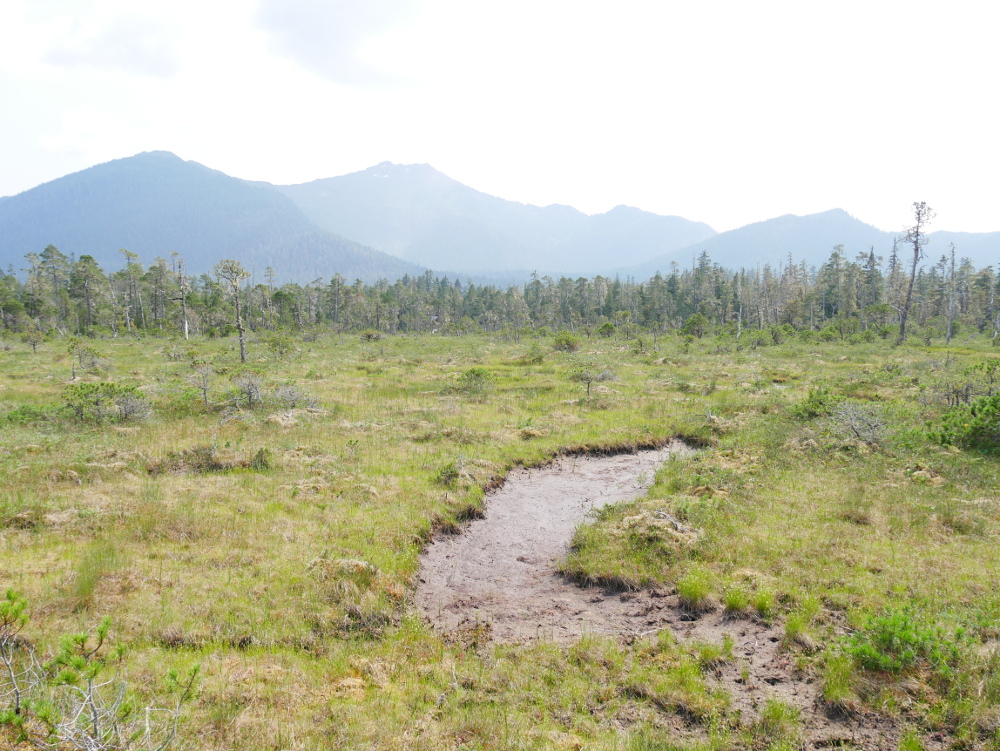
Researchers are gathering in Juneau and online this week for a workshop on drought and extreme weather in Southeast Alaska.
It’s the follow up to a meeting of scientists in May of 2019. That was to review a long-term dry spell that impacted the region. Communities switched off hydroelectric generators and rationed drinking water, while insects caused widespread damage to hemlock trees on the Tongass National Forest.
Some of those researchers this year released their findings of a multi-year study on the period between the fall of 2016 and late 2019.
Rick Thoman is a climate specialist with the Alaska Center for Climate Assessment and Policy at the University of Alaska Fairbanks. He explained that combination of conditions has not been seen in past dry spells.
“That combo of sustained low precipitation, like sustained over multiple years, and these very high temperatures, that is unique in our century or so of good climate records for Southeast Alaska,” he said in an interview earlier this month.
Thoman is part of the Southeast Alaska Drought Project, a partnership with the National Oceanic and Atmospheric Administration. The partnership also involved NOAA’s National Integrated Drought Information System.
Andy Hoell, a research meteorologist at NOAA’s physical sciences laboratory in Boulder, Colorado, said researchers around the globe are looking at the role climate change plays.
“When we do have droughts, when we have low precipitation amid climate change when we have increasing temperatures, what’s the added effect? And early returns are that it’s not very good because it further exacerbates those effects, in terms of the moisture deficit, on the land, the land surface and how that affects different facets, whether it’s ecology or just our way of life,” Hoell said.
The summer of 2019 saw high evaporation in the region, a contributing factor in the extreme drought declaration. It was not related to a global weather pattern like an El Nino in the Pacific Ocean. The long spell of less rainy weather over Southeast was created by high atmospheric pressure over the Aleutian Islands. That deflected storms from the region.
Researchers say the risk of future droughts is declining. Climate models show Southeast Alaska may be as much as six degrees warmer by 2050 but it’s also expected to be wetter.
U-A-F’s Thoman said low snow pack will play a role in future droughts.
“As ocean temperatures warm, as the climate system warms, that is likely to become an increasing problem, even if precipitation is increasing, if there’s less storage of snow to get Southeast Alaska through at least what historically has been the dry season, the spring and early summer,” Thoman said.
The scientists will be presenting their work during an extreme weather workshop on Wednesday and Thursday March 30th-31st at the Elizabeth Peratrovich Hall in Juneau and online. There are also presentations scheduled on socio-economic impacts of climate change, ocean acidification and warm water impacts on marine life, challenges for salmon and changes expected for trees and plants.
Participants hope the workshop will develop strategies for communities to adapt to more extreme weather.









